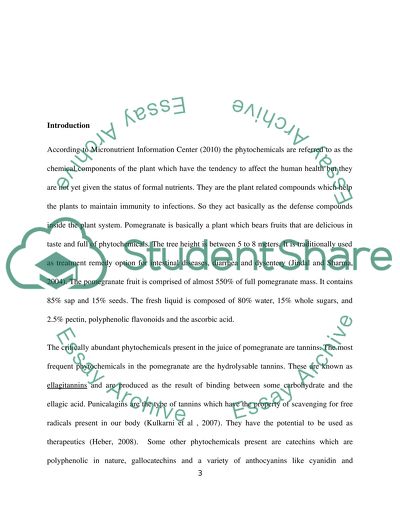Cite this document
(“Phytochemical report Coursework Example | Topics and Well Written Essays - 1500 words”, n.d.)
Retrieved from https://studentshare.org/finance-accounting/1407564-phytochemical-report
Retrieved from https://studentshare.org/finance-accounting/1407564-phytochemical-report
(Phytochemical Report Coursework Example | Topics and Well Written Essays - 1500 Words)
https://studentshare.org/finance-accounting/1407564-phytochemical-report.
https://studentshare.org/finance-accounting/1407564-phytochemical-report.
“Phytochemical Report Coursework Example | Topics and Well Written Essays - 1500 Words”, n.d. https://studentshare.org/finance-accounting/1407564-phytochemical-report.


